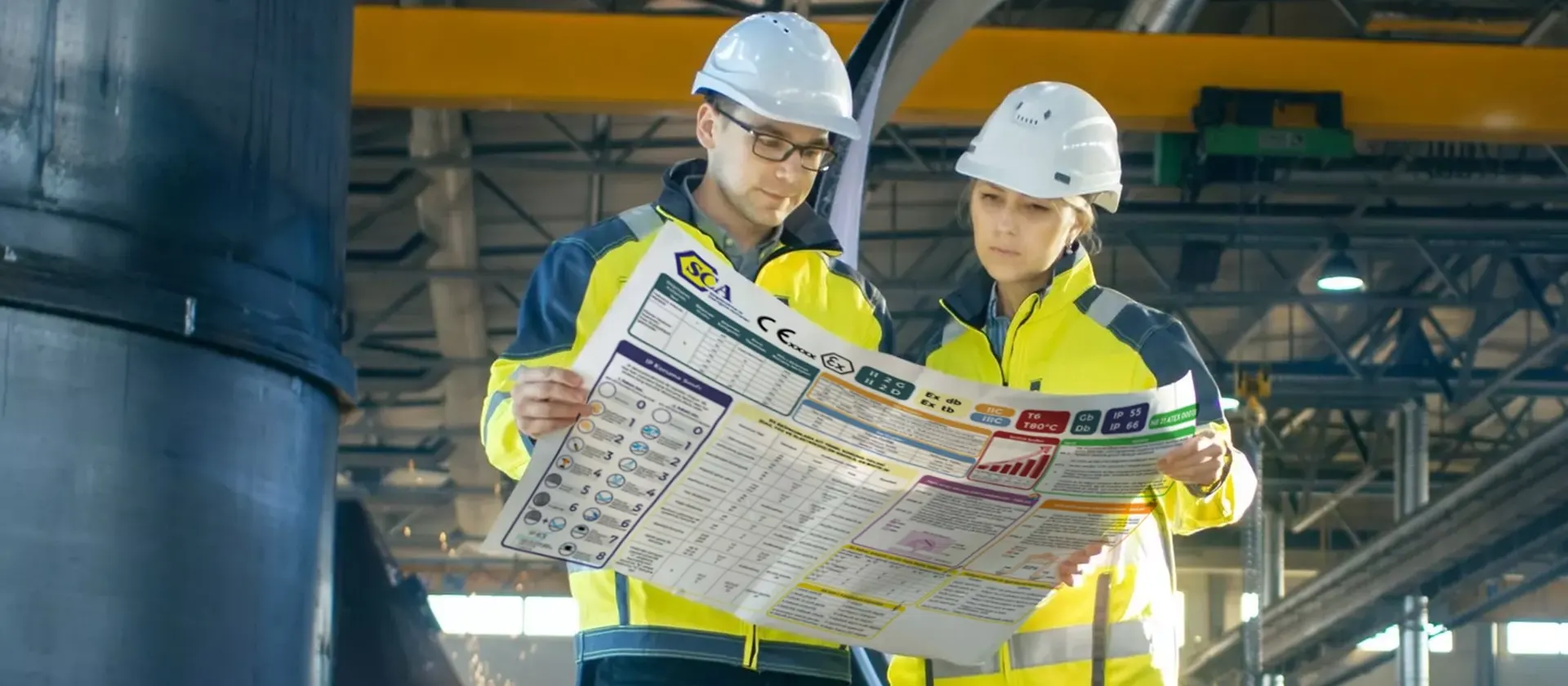ASTM E415 OES Chemical Composition Certification Testing
The ASTM E415 standard specifies the procedures and requirements necessary to ensure accurate chemical composition certification testing using Optical Emission Spectroscopy (OES). This service is crucial for industries where precision in material composition is paramount, such as metallurgy, aerospace, automotive, and manufacturing sectors. The test provides detailed information on elemental content, ensuring compliance with specific standards that are critical for product quality and safety.
Optical Emission Spectroscopy (OES) is a non-destructive analytical technique used to determine the chemical composition of materials by analyzing their light emissions when exposed to high temperatures or electric currents. This method involves vaporizing a small amount of sample material, which then emits characteristic wavelengths of light corresponding to its elemental composition.
The ASTM E415 standard outlines stringent procedures for OES analysis, including:
- Sample preparation
- Spectrometer calibration
- Data acquisition and processing
- Quality assurance checks
- Reporting requirements
These steps ensure that the chemical composition data is accurate, reliable, and meets industry standards. The test is particularly useful in scenarios where precise elemental content is required for certification purposes.
The process begins with careful sample preparation to ensure homogeneity and representativeness of the material being analyzed. This may involve cutting or grinding the sample to achieve a uniform size. Once prepared, the sample undergoes OES analysis using specialized equipment capable of detecting trace levels of elements down to parts per million (ppm).
Upon completing the analysis, detailed reports are generated that include elemental content percentages along with other relevant data points. These reports serve as official certification documents verifying compliance with specified standards.
The ASTM E415 standard ensures consistent and accurate results across different laboratories by providing standardized procedures for OES testing. This consistency is vital in industries where material quality must meet stringent requirements, such as aerospace manufacturing or automotive components assembly.
By adhering to this standard, laboratories can provide clients with confidence that their materials are accurately characterized according to industry best practices. The resulting data helps manufacturers ensure product integrity while also facilitating regulatory compliance and enhancing overall business operations.
In summary, ASTM E415 OES chemical composition certification testing offers a robust solution for verifying material purity and ensuring adherence to international standards. Its application across various sectors underscores its importance in maintaining high-quality products that meet stringent safety regulations.
Applied Standards
The ASTM E415 standard is widely recognized and applied in numerous industries that require accurate chemical composition certification testing using Optical Emission Spectroscopy (OES). Key sectors include:
- Aerospace manufacturing
- Metallic components fabrication
- Automotive part production
- Manufacturing of precision instruments
- Electronics and semiconductor industries
- Battery technology development
In each of these sectors, there is a critical need for precise elemental analysis to ensure product quality and safety. The ASTM E415 standard provides the necessary framework to achieve this accuracy.
The standard specifies detailed procedures for sample preparation, spectrometer calibration, data acquisition, processing techniques, and quality assurance measures. By following these guidelines, laboratories can consistently produce reliable results that meet industry expectations.
For instance, in aerospace manufacturing, ensuring correct aluminum or titanium content is essential for structural integrity. Similarly, in automotive applications, accurate chromium or nickel levels are crucial for corrosion resistance properties. The ASTM E415 standard plays a vital role in maintaining these standards across all relevant industries.
The use of this standard promotes uniformity and consistency among laboratories worldwide, fostering trust between suppliers and buyers alike. It also facilitates easier regulatory compliance by providing clear criteria against which materials can be evaluated.
Industry Applications
- Aerospace: Ensures precise aluminum or titanium content for structural integrity.
- Metallic Components Fabrication: Validates chromium or nickel levels critical for corrosion resistance properties.
- Automotive: Guarantees correct iron or cobalt concentrations necessary for engine durability.
- Precision Instrument Manufacturing: Confirms accurate gold or silver content essential for electrical conductivity.
- Battery Technology Development: Verifies lithium or nickel compositions vital for energy storage capabilities.
The ASTM E415 standard is fundamental in these applications due to its ability to deliver precise chemical composition data that meets industry-specific requirements. This precision contributes significantly towards enhancing product quality and reliability across various sectors.
Why Choose This Test
Selecting ASTM E415 OES chemical composition certification testing offers several advantages over other methods available in the market:
- Precision: Provides highly accurate elemental content analysis down to parts per million (ppm).
- Consistency: Ensures consistent results across different laboratories by adhering strictly to standardized procedures.
- Reliability: Generates reliable data that meets stringent industry standards and regulatory requirements.
- Efficiency: Saves time and resources compared to alternative testing methods due to its rapid analysis capability.
- Trusted Framework: Utilizes internationally recognized standards (ASTM E415) ensuring credibility and trustworthiness of results.
In addition, the test ensures compliance with relevant international regulations such as ISO 9001 for quality management systems or EN 2863-2 for chemical analysis in metallic materials. These certifications add another layer of assurance that your products meet global standards and can be trusted by consumers worldwide.
By choosing ASTM E415 OES chemical composition certification testing, you are investing in the future success of your business by ensuring product quality and safety while also facilitating easier regulatory compliance.





